Cyberpunk 2077: Phantom Liberty and 2.

Cyberpunk 2077. Even the name conjures a mix of excitement and, let’s be honest, disappointment for many. The initial launch was, to put it mildly, a mess. But CD Projekt Red didn't give up, and after numerous patches and updates, we finally arrive at Phantom Liberty and the transformative 2.0 update. As a seasoned PC gamer who values deep mechanics, thoughtful design, and a world that feels genuinely alive, I dove headfirst into this revamped Night City to see if redemption is truly at hand. This isn’t just another review; it’s a critical assessment from someone who demands more than pretty graphics and empty promises.
Gameplay & Mechanics: Night City Awakens
The 2.0 update is a game-changer. Gone are the days of static NPCs and a world that felt like a meticulously crafted set piece. Cyberpunk 2077 finally feels reactive. The revamped police system provides real consequences for your actions, making criminal activities a genuinely risky endeavor. NPC routines are more diverse, and while they aren't groundbreakingly innovative, they add a layer of believability that was sorely missing.

Comparing this to The Witcher 3: Wild Hunt is inevitable. While The Witcher 3 excelled at crafting a compelling main narrative within a vast world, its open-world elements often felt like window dressing. Cyberpunk 2077, especially post-2.0, boasts a denser and more immediately reactive world. Night City feels like a place where things are constantly happening, regardless of your direct involvement. While both are stellar games, Cyberpunk's world after this update finally feels more alive moment-to-moment than The Witcher's did.
The quest structure in Phantom Liberty and the base game benefits from these changes, offering more emergent gameplay and a greater sense of agency. The overhauled perk tree and cyberware systems also play a big role. No longer are you locked into restrictive builds. You can now experiment and respec more freely, allowing for greater customization of V's capabilities.
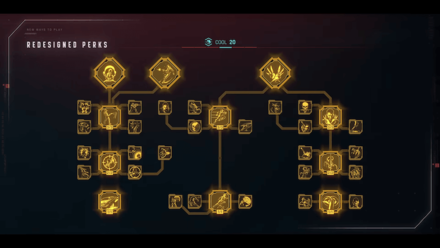
Narrative Analysis: The Reed Factor
Enter Solomon Reed, played with captivating gravitas by Idris Elba. Reed is not just a celebrity cameo; he's integral to the narrative of Phantom Liberty. His morally ambiguous nature and complex history with the NUSA (New United States of America) add layers of intrigue to the spy-thriller storyline.
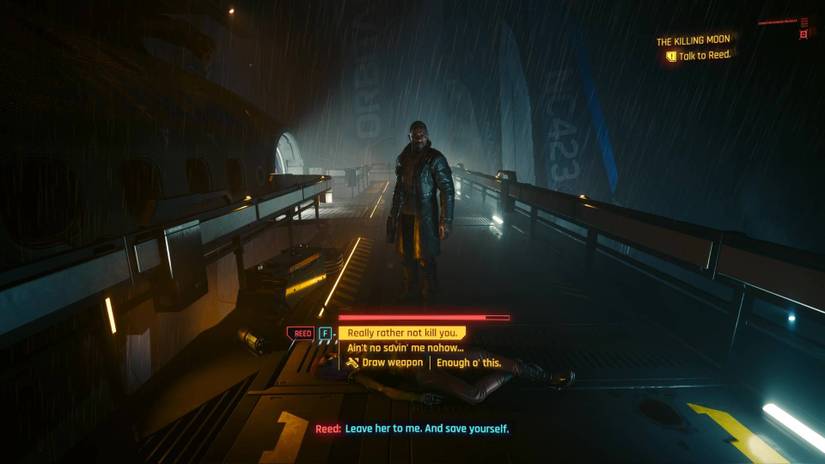
Reed's impact on V's journey is significant. He forces V to confront difficult choices and question their alliances. The ending choices introduced in Phantom Liberty, influenced heavily by your relationship with Reed, add a compelling new dimension to the game's conclusion.
In terms of narrative role, Reed shares similarities with Garrus Vakarian from Mass Effect 2. Both characters are experienced professionals who bring their expertise to the protagonist's mission. However, Reed is far more morally gray than Garrus. He's a product of a ruthless world, and his actions are often driven by pragmatism rather than idealism. This ambiguity elevates the narrative of Cyberpunk 2077, forcing players to grapple with complex ethical dilemmas. Without a doubt, Solomon Reed's presence is a major contributing factor to the story becoming truly gripping.
Graphics: Ray Tracing Overdrive – A Visual Feast (at a Cost)
Let's talk eye candy. The updated ray tracing implementation, specifically the new Overdrive mode, is breathtaking. The realistic lighting, reflections, and global illumination transform Night City into a visual masterpiece. Rain-slicked streets reflecting neon signs, realistic shadows casting dynamically from every object… it's truly something to behold.
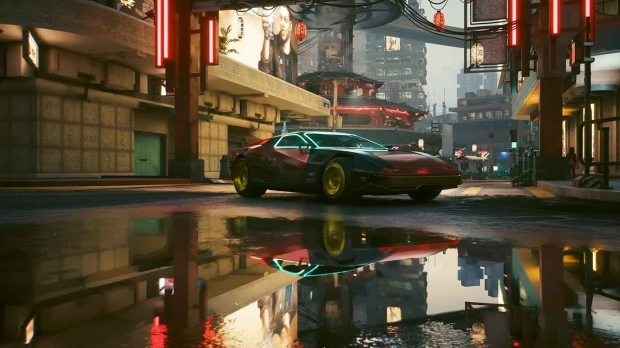
But there's a catch: performance. Even on high-end systems like the RTX 4080 and 4090, or the AMD Radeon 7900 XTX, running at 4K resolution with Overdrive ray tracing is incredibly demanding. Expect significant frame rate drops, especially in densely populated areas. It becomes a trade-off: visual fidelity versus smooth gameplay.
Comparing it to Minecraft RTX, which utilizes path tracing, the visual fidelity is comparable in terms of realism. However, Cyberpunk 2077 with Overdrive tends to introduce more noticeable artifacts, particularly in reflections, likely due to the real-time nature of the rendering. Minecraft RTX, being less demanding in terms of scene complexity, can sometimes achieve a cleaner image, but doesn't have the same level of complex, dynamic lighting as Cyberpunk.
PC Performance: Pushing the Limits
Time for the numbers. On a test rig featuring an RTX 4090 and a Ryzen 9 7950X, running at 4K with maximum settings and Overdrive ray tracing, I averaged around 45-60 fps in less demanding areas. In more crowded districts, frame rates dipped into the 30s, with occasional stutters. Frame time variance was noticeable, even with a high-end CPU.

DLSS 3 Frame Generation and FSR 3 offer significant performance improvements, often boosting frame rates by 50-70%. However, these technologies aren't without their drawbacks. DLSS 3 can introduce input lag, which is noticeable in fast-paced combat. FSR 3, while improving in image quality, still isn't quite on par with DLSS in terms of sharpness and artifact reduction.
So, is Cyberpunk 2077 finally a game that fully utilizes modern high-end PC hardware? Yes and no. It undoubtedly pushes hardware to its limits, showcasing the potential of ray tracing and advanced rendering techniques. However, even the most powerful PCs will struggle to maintain a consistent 60fps at maximum settings with Overdrive enabled. Expect to make compromises.
Overall Experience: Redemption Achieved?
Does Phantom Liberty and the 2.0 update successfully redeem Cyberpunk 2077? In my opinion, yes. It's a remarkable turnaround. The game now feels like a cohesive experience. The spy-thriller elements of Phantom Liberty integrate seamlessly with the original storyline, adding depth and intrigue. The world feels alive, the combat is engaging, and the narrative is compelling.
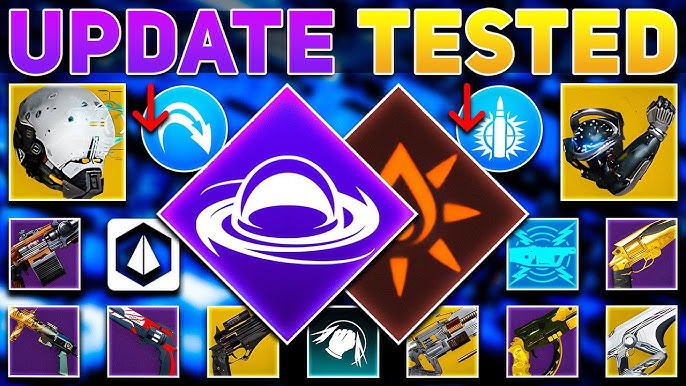
Is it enough to recommend to those initially disappointed? Absolutely. The changes are significant enough to warrant a second look. This isn't the same game that launched in 2020. CD Projekt Red has listened to the criticism and delivered a truly impressive update.
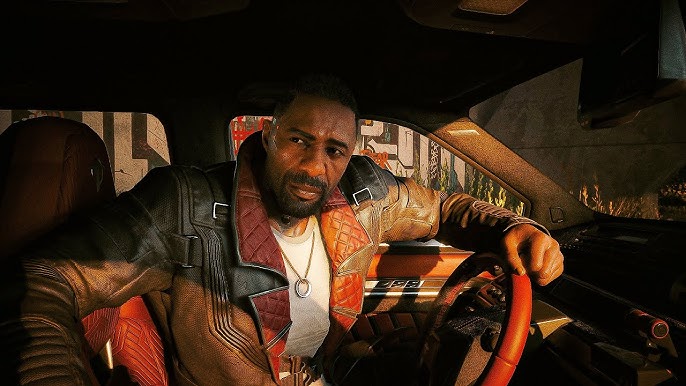
So, who is Cyberpunk 2077 best suited for now? It’s a game that appeals to a broad audience. Casual gamers can enjoy the engaging storyline and improved gameplay mechanics. Hardcore RPG fans will appreciate the deep character customization and meaningful choices. And those who prioritize visual fidelity will be blown away by the ray tracing Overdrive mode (provided they have the hardware to run it).
Conclusion: A Cyberpunk Renaissance
Cyberpunk 2077 has undergone a renaissance. The 2.0 update and Phantom Liberty have transformed it from a flawed but promising title into a genuinely excellent open-world RPG. While the performance demands of Overdrive ray tracing are steep, the visual payoff is undeniable. Solomon Reed's character adds depth and complexity to an already compelling narrative.
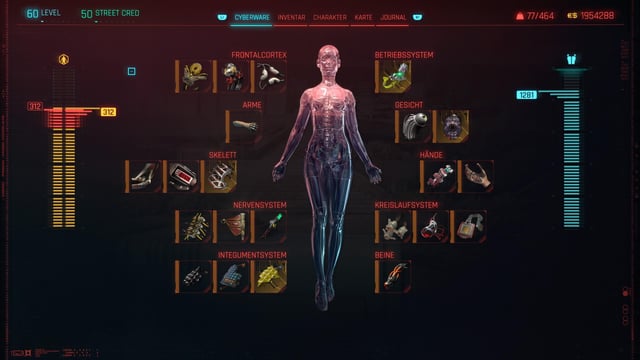
If you were on the fence about Cyberpunk 2077, now is the time to jump in. Just be prepared to tweak those graphics settings and experience Night City in all its gritty, neon-lit glory. CD Projekt Red has delivered on their promise, and Cyberpunk 2077 has finally achieved its full potential. It's a wild ride.
